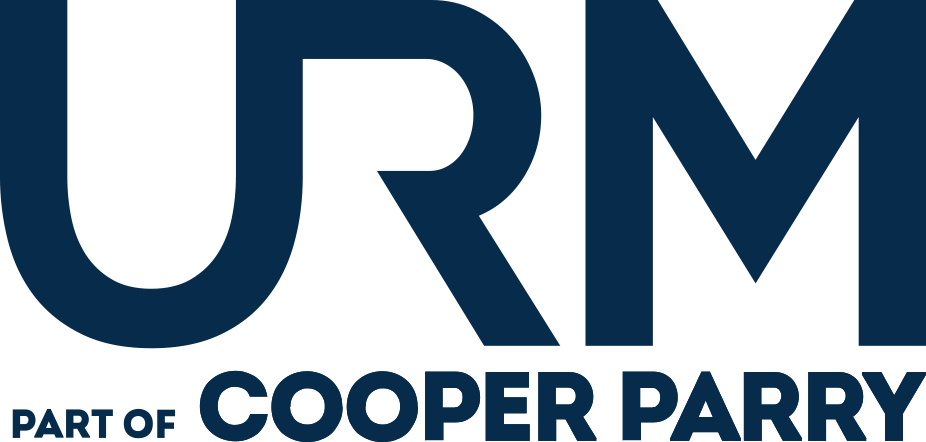‘How do we approach asset identification within our information security risk assessment?’. There are 2 aspects to this question; ‘which assets do we include?’ and ‘how granular do we make the list?’. This blog examines which assets or asset types to include and should be read in conjunction with another URM blog, titled ‘Streamlining Asset Identification For Effective Risk Management’, where we stressed the need to stay at a high level when identifying your information assets.
One thing that we recommend you think about is categorising your assets. This is a useful process, as it enables you to identify assets that could face similar threats or may contain similar vulnerabilities.
The following list is typical, but is by no means the only way to categorise your assets, as it depends on the nature of your business. As such, this is not an exhaustive list, but is a good starting point which, in our experience, addresses the majority of asset types:
- Information:
- Electronic
- Paper
- People
- Premises
- Suppliers
- Equipment
- Technology:
- Hardware
- Software
- Equipment (non-technology equipment such as a fire safe)
- Intangibles (such as brand and reputation).
The first thing to note is that ‘information’ is at the top of the list. This should always be your first consideration, as it is the focal point of what you are trying to protect. All of the other types are known as supporting assets, because they help you to store, communicate or process the information. As such, they tend to inherit the value of the information itself. For example, you may split laptops out into two groups; a general one for all employees and one for those who store, process or communicate sensitive information. In this scenario, the latter group would naturally require greater levels of protection, as the impact of losing such a laptop would be higher.
As can be seen from the list above, we have created subcategories for information as it can exist electronically, as well as on paper. You may also benefit from categorising hardware and software technology separately. As we mentioned earlier, you can begin to see that these asset types may suffer from the same types of impact, e.g., it doesn’t matter what the information is, if it is on paper then it all could be impacted by the threat of fire. Similarly, all suppliers need to be managed effectively and therefore we would want to guard against weaknesses in contracts, etc.
These asset types can also be mapped to the ISO 27001 Annex A security controls that provide protection against your information risks. For example, software assets would benefit from controls such as vulnerability and patch management, and hardware assets from air conditioning and suitable power provision. Your people assets would benefit from training and awareness processes, as well as from having suitable contracts of employment in place.
So, it is important to keep your goal in mind i.e., through risk assessment, to identify and then manage your risks in terms of confidentiality, integrity and availability (CIA). To do this, you need to achieve a manageable and actionable representation of risk for which you need a manageable asset list.
How URM can Help
Having supported hundreds of organisations’ information security risk management programmes over the course of 2 decades, URM is the ideal partner to help you create and implement an effective information security risk management programme. With our proven information security risk management software, Abriska 27001, we can support the entire risk assessment process, as well as assisting with risk treatment and helping you prioritise treatment activities to maximise your time, effort and budget. Whether you are looking to establish and implement an ISO 27001-aligned information security management system (ISMS) or simply enhance your organisation’s risk management capabilities, URM will provide tailored guidance and support that is suited to your organisation’s unique needs.
URM can help you achieve ISO 27001 certification
Unsure whether your ICT risk framework meets DORA standards? Our experts will carry out a detailed gap analysis and provide clear, prioritised steps to help you achieve full compliance.
Our consultants will evaluate your organisation against DORA’s core requirements. Gain practical insights to strengthen your digital resilience and meet regulatory expectations.

URM’s blog discusses the common pitfalls of the ISO 27001 implementation and certification process, and how you can avoid making the same mistakes.

URM’s blog discusses the changes to the requirements around threat intelligence in ISO 27001:2022 and what certified organisations will need to do differently.

URM’s blog explores Clause 5.1 of ISO 27001, what you must do to meet its requirements, and why leadership & commitment are vital to an effective ISMS.


